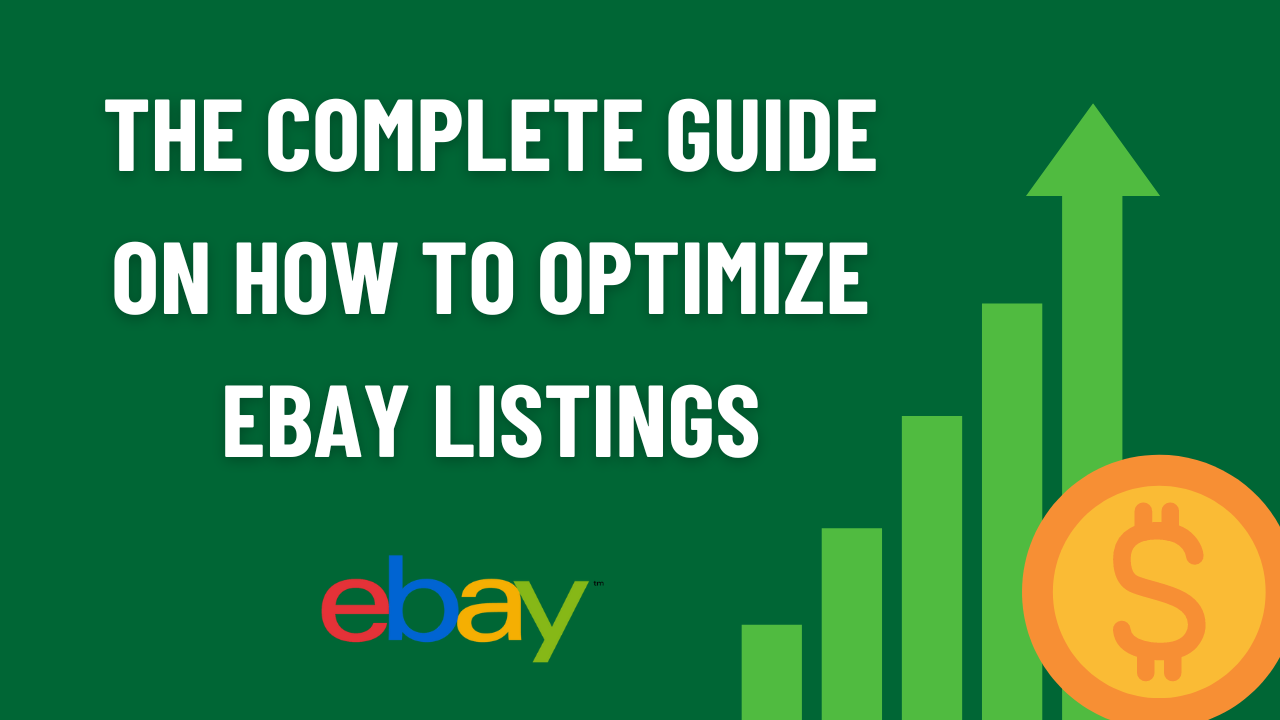In today’s digital age, managing multiple social media accounts can be a daunting task. Whether you’re a business owner, a marketer, or a social media enthusiast, juggling various platforms like Facebook, Twitter, Instagram, LinkedIn, and more can be overwhelming. Enter Buffer—a powerful social media management tool that can streamline your efforts and make managing multiple accounts a breeze. So, in this post, we’ll explore how to use Buffer to efficiently manage your social media presence and why it’s a game-changer for anyone looking to maximize their online impact.
What is Buffer?
Buffer is a social media management platform. It lets users schedule posts, track performance, and manage multiple accounts from one dashboard. The platform saves time and effort by automating posting. It provides insights into social media performance and helps maintain a consistent online presence.
Why Use Buffer?
It simplifies social media management by saving time and ensuring consistency. Also, it offers easy scheduling, valuable analytics, and streamlined collaboration, making it the go-to tool for effortlessly managing multiple accounts and boosting your online presence.
- Time Efficiency: One of the biggest advantages of using it is the ability to schedule posts in advance. Additionally, this means you can plan your social media content for the week (or even the month) in one sitting, freeing up your time for other important tasks.
- Consistency: Consistency is key to building a strong social media presence. So, with it, you can maintain a regular posting schedule, ensuring that your audience always has fresh content to engage with.
- Analytics: Buffer provides detailed analytics on your social media performance. Additionally, you can track metrics like engagement, reach, clicks, and more, helping you understand what works and what doesn’t.
- Collaboration: If you’re working with a team, Buffer’s collaboration features make it easy to coordinate and approve content, ensuring that your brand’s voice remains consistent across all platforms.
Getting Started with Buffer
Setting up is quick and easy. So, this section will guide you through creating your account, connecting your social profiles, and setting up your posting schedule to start managing your social media effortlessly.
1. Creating an Account
The first step to using this is to create an account. It offers a free plan with basic features, as well as paid plans with more advanced options. Once you’ve signed up, you can start connecting your social media accounts.
2. Connecting Your Social Media Accounts
It supports a wide range of social media platforms, including:
To connect your accounts, simply go to the “Accounts” section and click on the platform you want to connect. You’ll need to authorize it to access your accounts, but this process is straightforward and secure.

3. Setting Up Your Posting Schedule
One of the best features of Buffer is its ability to create a customized posting schedule for each of your social media accounts. Additionally, you can choose the days and times you want your posts to go live, and Buffer will handle the rest.
To set up your schedule, go to the “Settings” tab for each account and select “Posting Schedule.” You can then add time slots for your posts. Moreover, Buffer will automatically queue your content and publish it according to the schedule you’ve set.
Creating and Scheduling Content
Efficient content management is a breeze with Buffer. So, learn how to craft engaging posts and schedule them in advance to keep your social media presence consistent and impactful.
1. Creating a Post
To create a post, go to the “Content” tab and click “Create Post.” You can then choose which accounts you want to post to and compose your message. Buffer allows you to tailor your posts for each platform, so you can optimize your content for different audiences.
2. Scheduling Posts
Once you’ve created your post, you have the option to “Add to Queue,” “Share Next,” or “Share Now.” Adding to the queue will schedule your post according to your pre-set schedule. So, if you want the post to go live at the next available time slot, choose “Share Next.” If you need to post immediately, select “Share Now.”
3. Using the Buffer Browser Extension
Buffer offers a handy browser extension that makes it easy to share content from the web. When you come across an article or image you’d like to share, simply click the Buffer icon in your browser toolbar. You can then edit the post and add it to your queue without leaving the page you’re on.

Analyzing Your Performance
Buffer’s analytics feature is a valuable tool for understanding how your content is performing. In the “Analytics” tab, you can view metrics such as:
- Post Performance: See how each of your posts is doing in terms of likes, shares, comments, and clicks.
- Audience Insights: Get demographic information about your audience, including age, gender, and location.
- Engagement Metrics: Track how your engagement rates are trending over time.
These insights can help you refine your social media strategy and make data-driven decisions to improve your performance.
Tips for Maximizing Your Buffer Experience
Unlock Buffer’s full potential with these expert tips. Discover how to enhance your social media strategy, optimize posting times, and make the most of Buffer’s features for an even more efficient and effective social media management experience.
- Use Custom Images and Videos: Visual content performs better on social media, so take advantage of Buffer’s media upload feature to add eye-catching images and videos to your posts.
- Optimize Your Posting Times: Experiment with different posting times to see when your audience is most active. Additionally, Buffer’s analytics can help you identify the best times to post.
- Take Advantage of Buffer’s Mobile App: Buffer’s mobile app allows you to manage your social media accounts on the go. So, you can create and schedule posts, check your analytics, and respond to comments from your phone or tablet.
- Leverage Buffer’s Content Suggestions: If you’re struggling to come up with content ideas, it offers content suggestions based on trending topics in your industry. Also, this can be a great way to keep your content fresh and relevant.

Conclusion
Managing multiple social media accounts can be challenging, but with Buffer, it becomes a seamless and efficient process. Additionally, by using it to schedule posts, track performance, and collaborate with your team, you can maintain a consistent and engaging online presence with ease. Whether you’re a solo entrepreneur or part of a larger team, Buffer is a powerful tool that can help you elevate your social media game. So, give it a try, and see how it can transform the way you manage your social media accounts!








